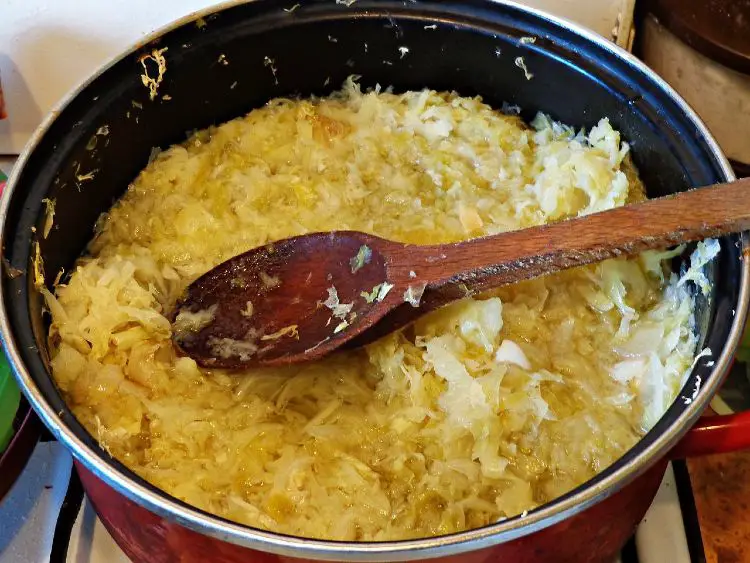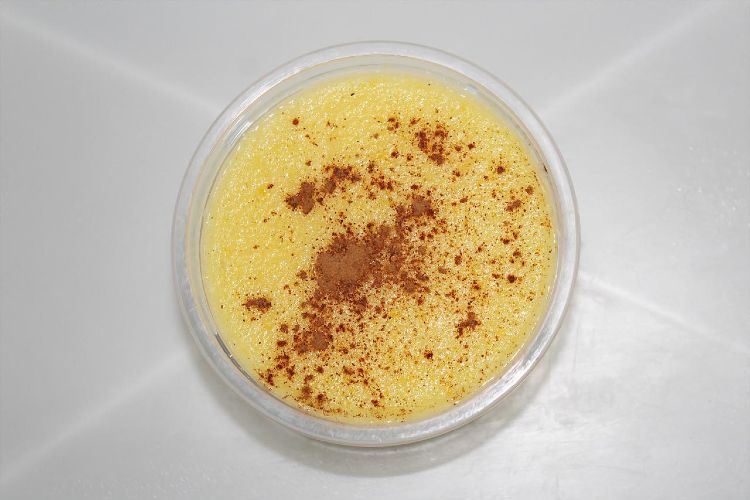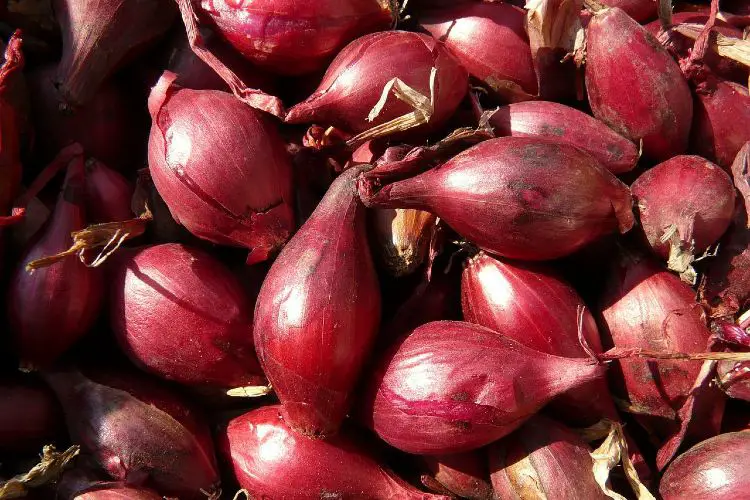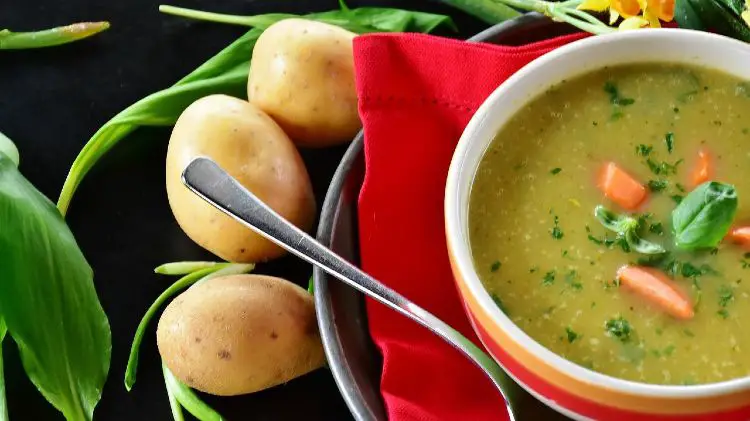North Yorkshire Shearling Sheep Farming – Philip and Nelly Trevelyan at Hill Top Farm, Spaunton
A shearling is a castrated male wether, between 17 and 22 months old, which is neither lamb nor mutton. Shepherds on the North Yorkshire moors have long appreciated how nearly two years of slow growth and free foraging on the varied plants of the area gives the meat its distinctive flavour. This form of sustainable farming also helps preserve the distinctive landscape of the region. Yet the meat has never been widely sampled outside the moors and in recent years the difficulties of upland farming threatened the future of shearling lamb.
In 2009, ten farmers whose families have a long history of rearing Swaledale sheep on the North Yorkshire moors, set up a Community Supported Agriculture project, joining forces to help preserve the tradition of rearing shearling. Nelly and Philip Trevelyan, who had previously been traditionally rearing their flocks of Swaledale sheep on the moors, were keen to help get the scheme started. Their sheep roamed freely on the open heather moorland, enjoying a diet of bog myrtle, bilberries and moorland grasses and were visited daily by their shepherd Along with other local shepherds and farmers they knew how unique shearling meat was, but had become frustrated that their lamb was being lost on the open market while locals in the nearest town found it difficult to buy shearling.
Nelly Trevelyan has been keeping sheep on the moors, with her husband Philip, since 1977, having moved from the south of England to Yorkshire for a more rural way of life in 1975. They initially bought 53 acres with Hill Top Farm at Spaunton (north of Pickering) but now farm 100 acres of their own land alongside using their common rights to graze on another 800 acres of moorland. The Trevelyans took on a flock from a shepherd who was retiring and have tried to improve it over the years. They now have a small flock of 150 sheep, which they allow to grow slowly to their full size. The reasons they decided to do this were practical, as Nelly explained:
“By Autumn Swaledale lambs are still small, the butchering costs for lamb are a set amount and the butchers prefer large lambs. So we thought the obvious thing is to revert to the old-fashioned farming methods.”
They had previously kept a few lambs until larger, sometimes by mistake, and enjoyed the flavour themselves, just as moorland shepherds always used to keep a few shearling for their own families to enjoy. Recalling conversations with shepherds when she first started farming, Nelly recalls:
“The older shepherds said that when they were young, they paid rent in wool, shearling and rabbits. The wool was of good quality as it was from sheep who hadn’t put their energy into producing lambs. And it was well known locally that the extra year made a difference to the meat.”
Nelly has obviously become passionate about the taste, health and environmental benefits of shearling:
“Moorland sheep meat has a very low carbon footprint, it’s helping to preserve an ecosystem. Upland meat comes from sheep that aren’t grazing off land that could be used for crops. There are all sorts of aspects about climate change that say this is the sort of meat we should be eating. It’s very healthy – high in Omega 3 oils and has lots of Vitamin E. And it tastes wonderful.”
Sufficiently mature for the flesh to be lightly marbled by fine lines of fat, shearling has a distinctive flavour, partly because of the moorland plants it grazes on. The sheep on the moor keep the heather from growing too long and their dung attracts the insects which are essential to the diet of the young grouse. If the sheep leave, the grouse will also leave and as a result the shooting parties will no longer be attracted to the area, and an important part of the uplands economy would be lost.
Yet Nelly noted that the tradition of grazing sheep and farming on the moors was starting to become increasingly rare, partly because of the natural challenges faced by upland farmers. The weather is obviously more challenging and the soil poorer for farmers on the moors than those in the lowlands. The remoteness makes it costlier to travel to market and the life is an energetic one, requiring high levels of fitness to follow stray lambs over a vast area. The fashion for wool also faded as artificial fleeces became popular. And when the Trevelyans first came to the moors, Nelly found that in the 1960s, “the commons had become more regulated, with a system that ended up favouring bigger farmers who had more grazing rights, yet many of those farmers were not interested in keeping sheep on the moors.”
Philip Trevelyan is now involved as a juryman in the ‘Court Leet’, which regulates grazing on the moors. A relic of the medieval manorial system, the ‘Court Leet’ is managed by locals: unused grazing rights are pooled and shepherds have to apply to the court if they wish to have a larger number of sheep on the moor. Yet faced with a tough life and a changing market, it had become less tempting for younger shepherds to keep farming these moors, especially when their upland lamb was being lost on the open market and the extra flavour of the meat did not command a premium price.
The Shearling Lamb Community Supported Agriculture project was a way of creating a guaranteed market to encourage the shepherds and farmers that it was worth continuing to rear sheep in this way. It has also facilitated a better understanding between the upland farmers and consumers in their local towns.
Madeleine Parkyn was a member of the Slow Food movement, living in nearby Scarborough, and she had been, “looking for ways of getting involved in a CSA as they seemed such a good idea – I wanted to do something positive to make people aware of all the fantastic food around here.” When she organised a Slow Food farm visit to Hill Top Farm, Madeleine recalls, “We tasted the shearling lamb and wanted to buy some. The freezers, run by the farm’s own wind-power, were full of shearling meat, but we couldn’t buy it from our local butchers and didn’t have freezers big enough to take a whole shearling from the farm.”
Nelly liked the idea of a CSA, and they convinced nine other upland farmers to join the scheme. Once a month (from October to May) a shearling carcass is split into eight portions and each subscriber, who pays membership upfront, gets a portion. So each member will receive the full range of cuts of meat (from a leg of lamb to chops or mince), but spread over eight months. Madeleine quickly found sixteen people who were keen to become members: “Everybody who has tried it has wanted to carry on eating it.”
Members collect their meat, butchered and vacuum packed, from a restaurant in Scarborough. A small local abattoir is used, saving food miles. One of the initial members was a daughter of a butcher and they were able to hold a session on boning the meat. They are also invited to take part in a farm visit and to attend a “Shearling Supper”, which all helps in building up a better understanding of where their food is coming from. Recipes are often shared too: as Madeleine says, “Shearling can take more robust flavourings, like prunes, dates and spices.” It is delicious in Moroccan dishes such as tagines.
However beneficial, establishing the CSA posed many challenges for Nelly and Madeleine nonetheless. In the first year Madeleine found that people had to become used to the idea that it was very different to going to the supermarket. Buying a share of a shearling means paying a great deal of money upfront, and it is a commitment for a year. Convincing more shepherds to join was difficult. As Nelly explains, “We have to persuade them to hold on to their lambs for another year which is tricky if they’re short of money and can’t wait for the extra income.” Butchery is more expensive for shearlings too as regulations mean that the spinal cord has to be removed on a sheep of this age. At least knowing that there is a guaranteed market helps the shepherds cope with these extra issues.
Nelly has used her enthusiasm for shearling to form a similar CSA scheme in York, which now has thirty members, as well as convince top chefs to try shearling. She decided to go to the top of the market, and has introduced the meat to the head chef of the five star Grand Hotel in York. She enjoys seeing people appreciate the flavour at her stall at The Yorkshire Food Festival too, but admits that selling directly to businesses is difficult: “We need to sell a whole sheep, not just a shoulder, and not all pubs and restaurants can deal with this.
With the cooperative of farmers now benefiting from being paid directly, food miles being kept low and many more people in Yorkshire enjoying their shearling meat, hopefully, the tradition of upland sheep farming will continue, and the impact that the shepherds have had on their moors for generations will be safeguarded.
For further information on shearling see www.shearling.org.uk




